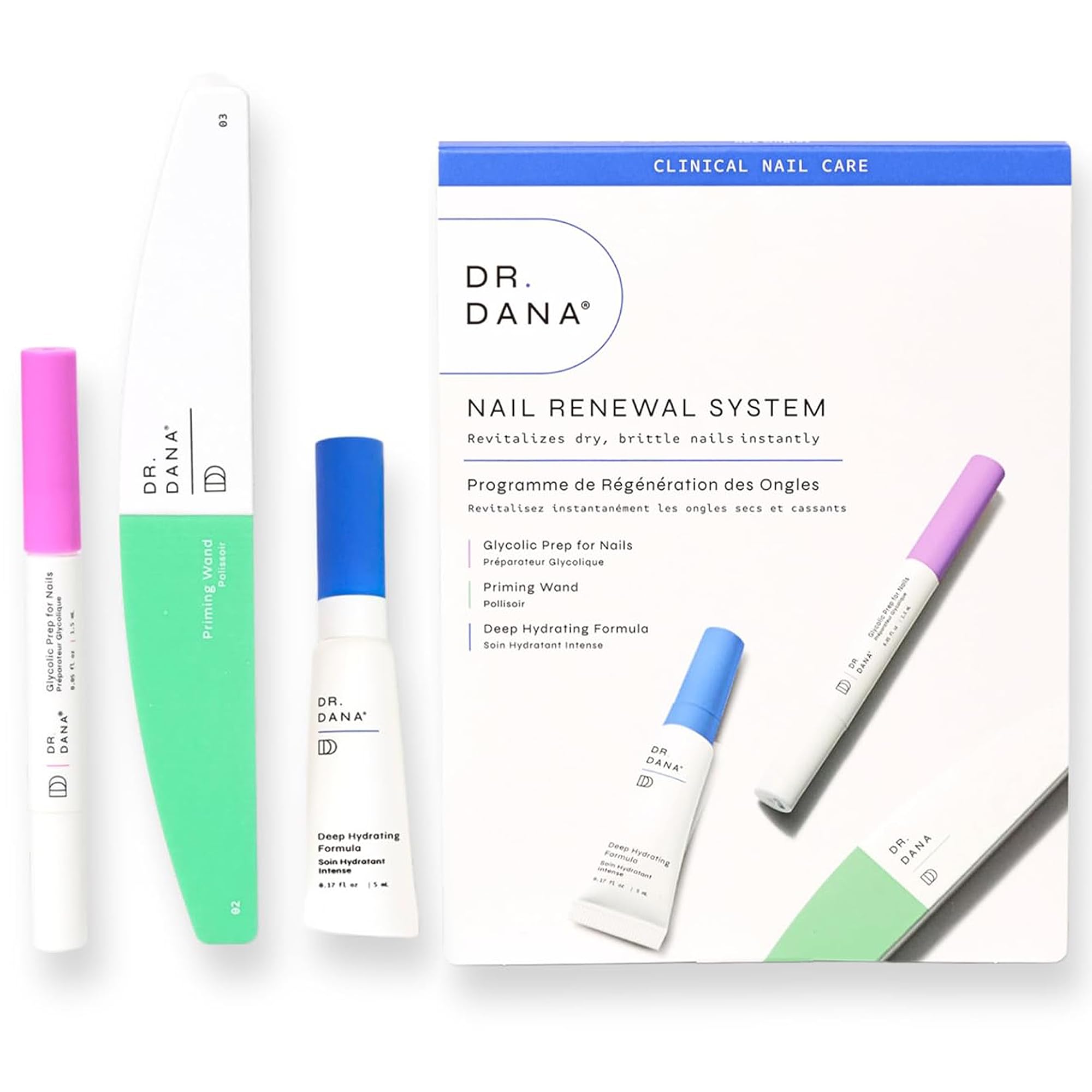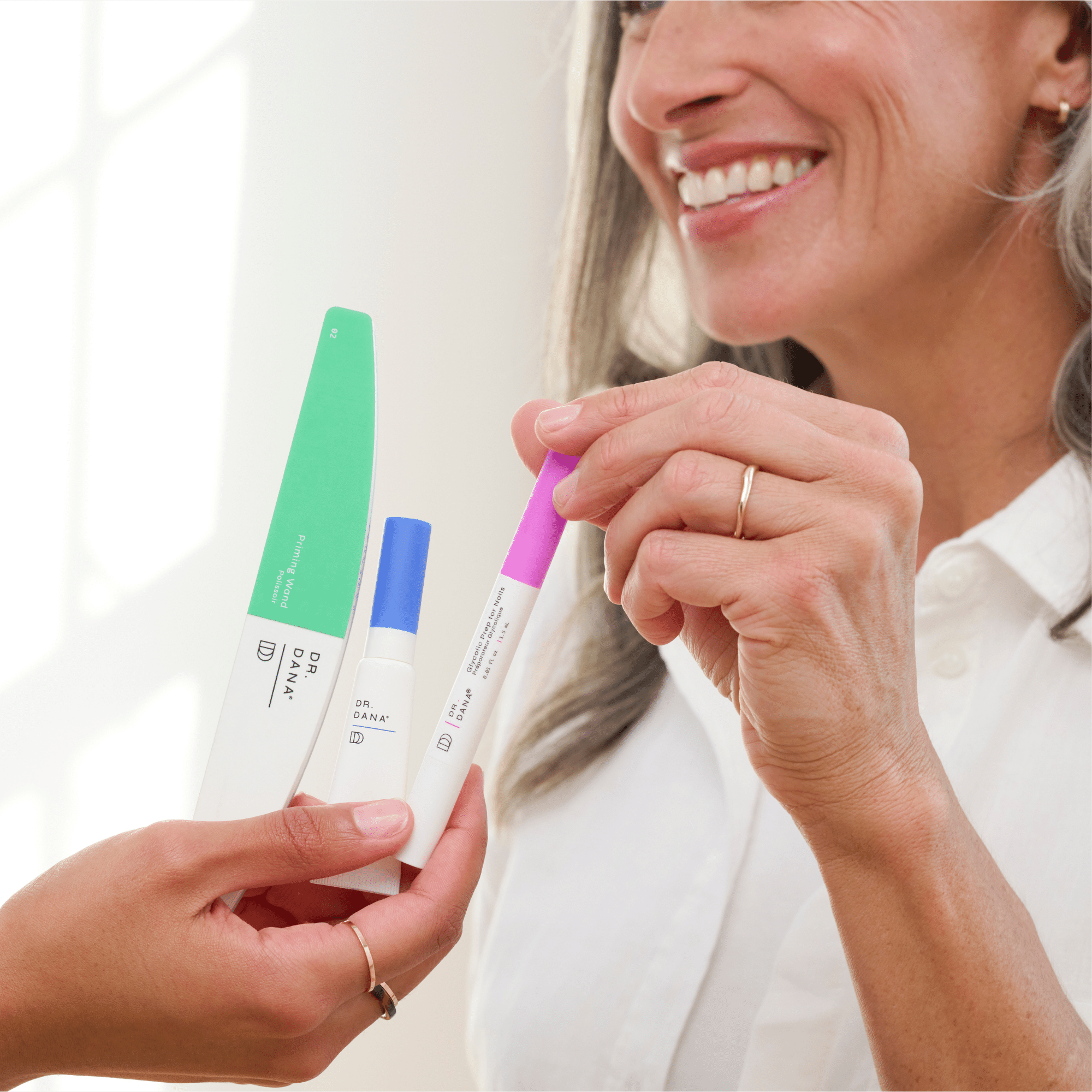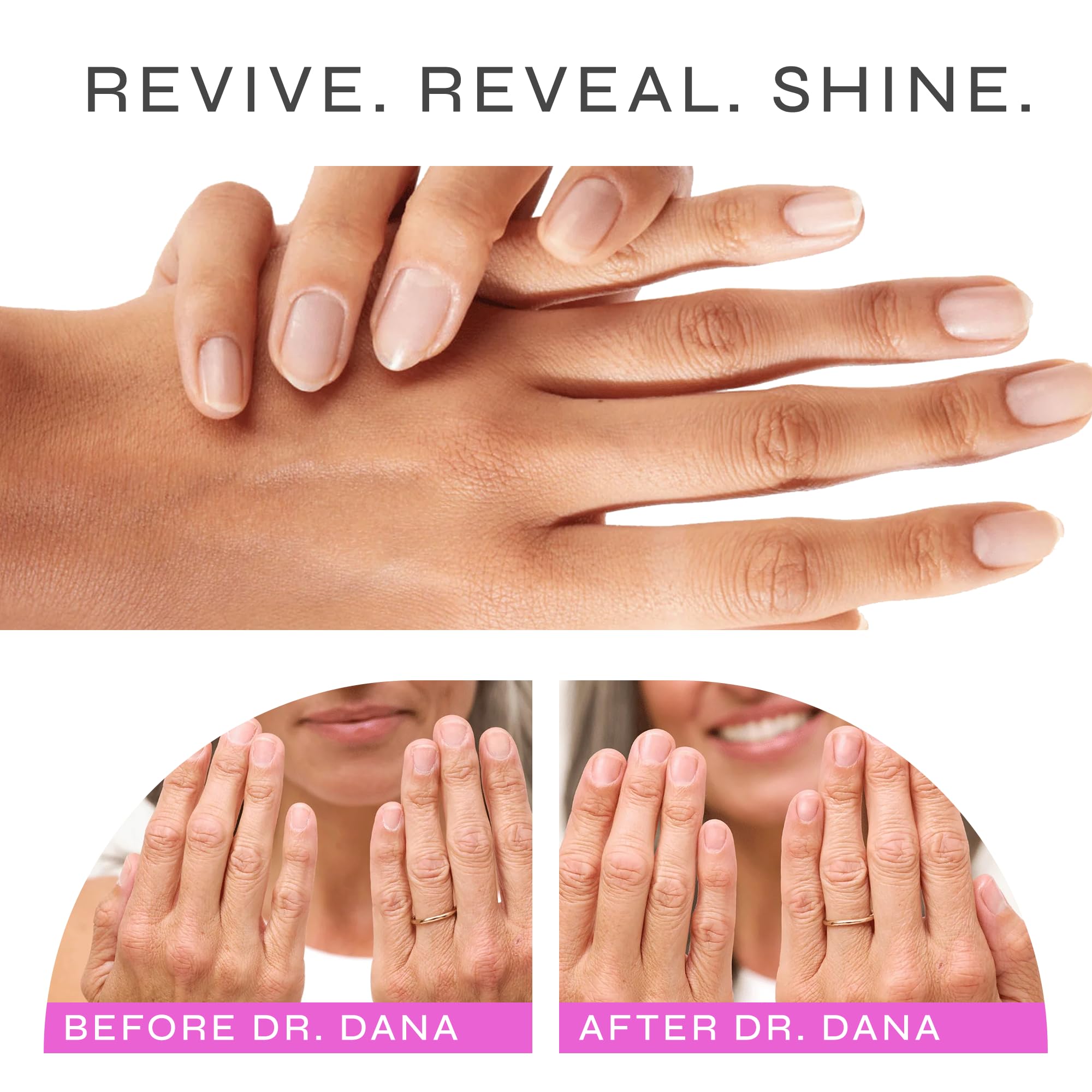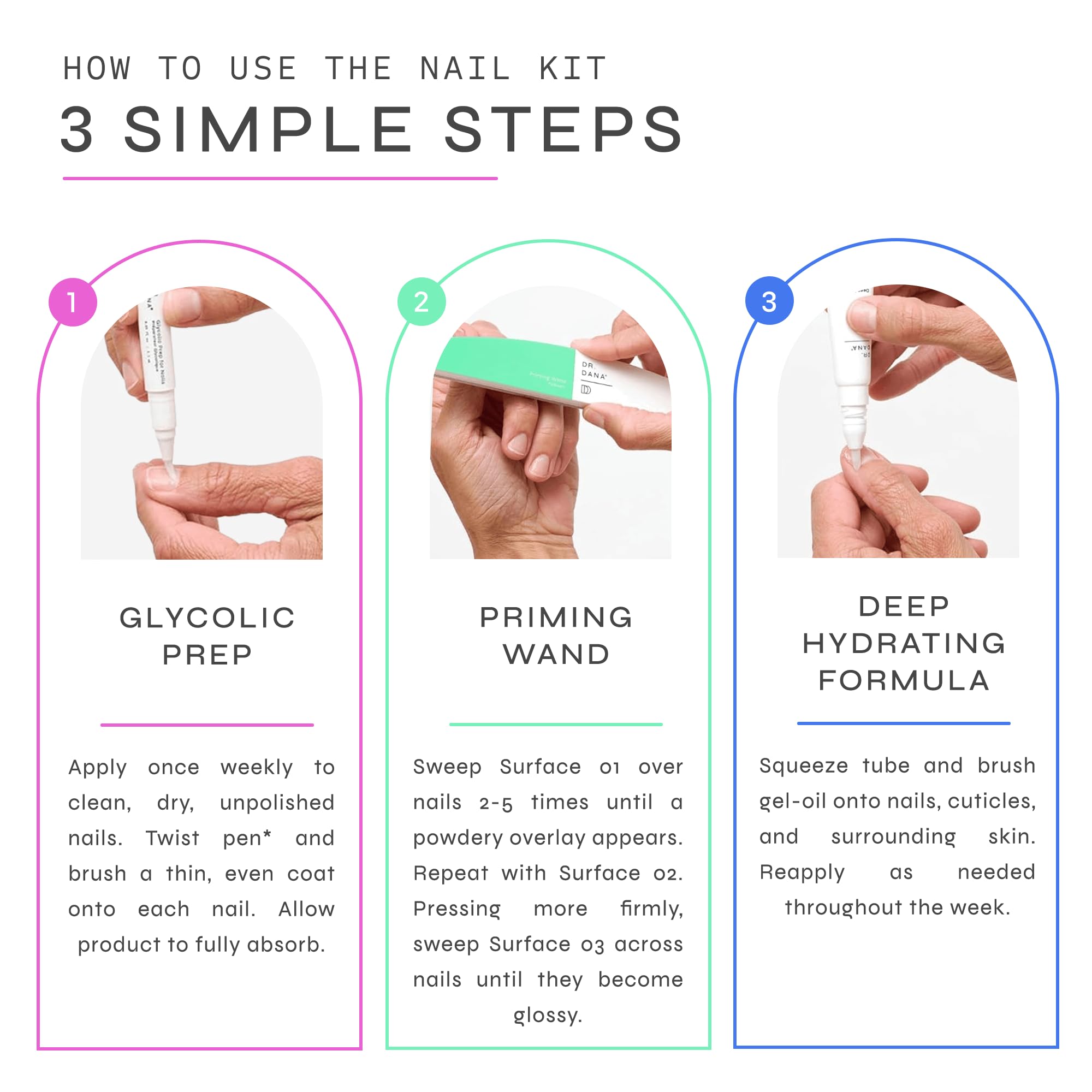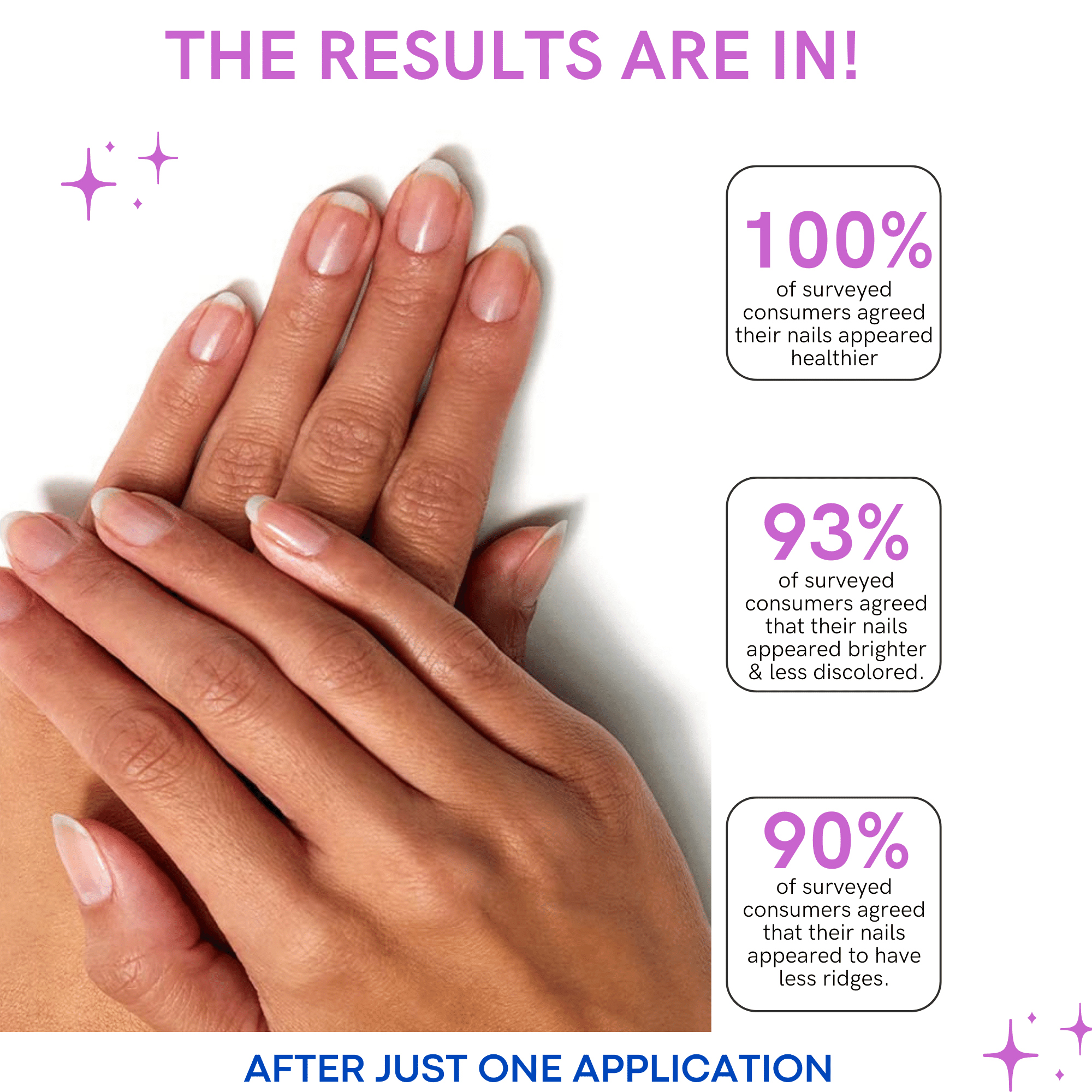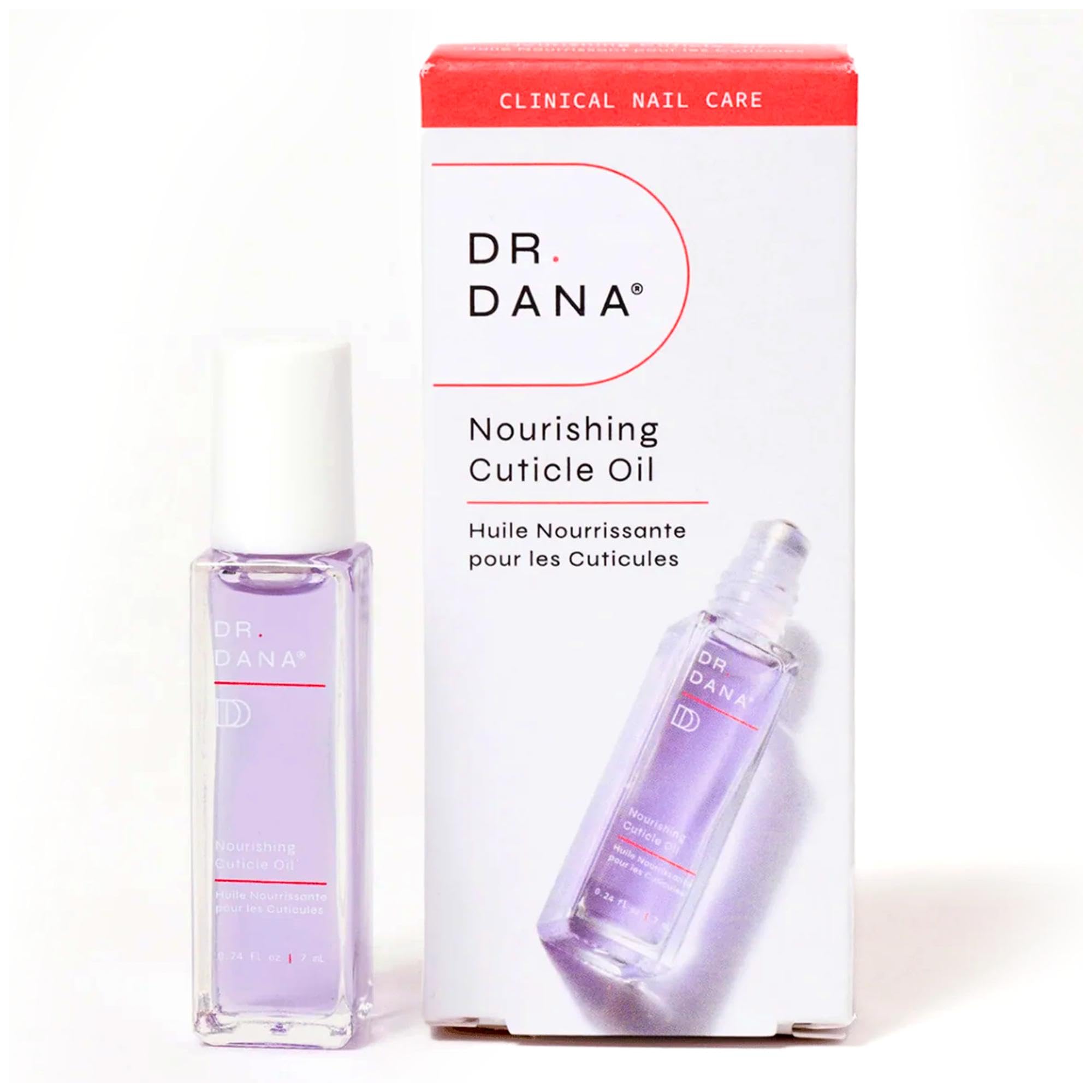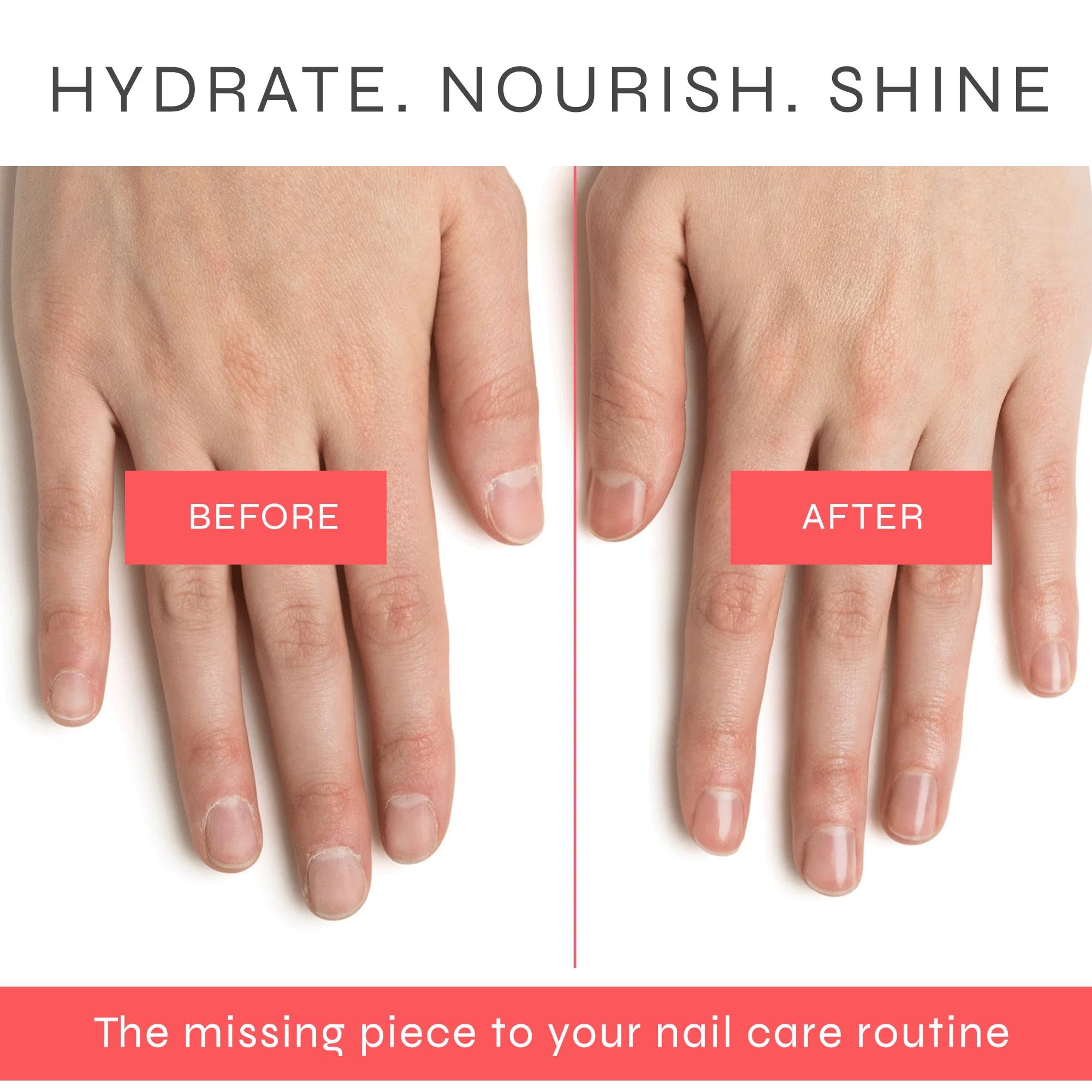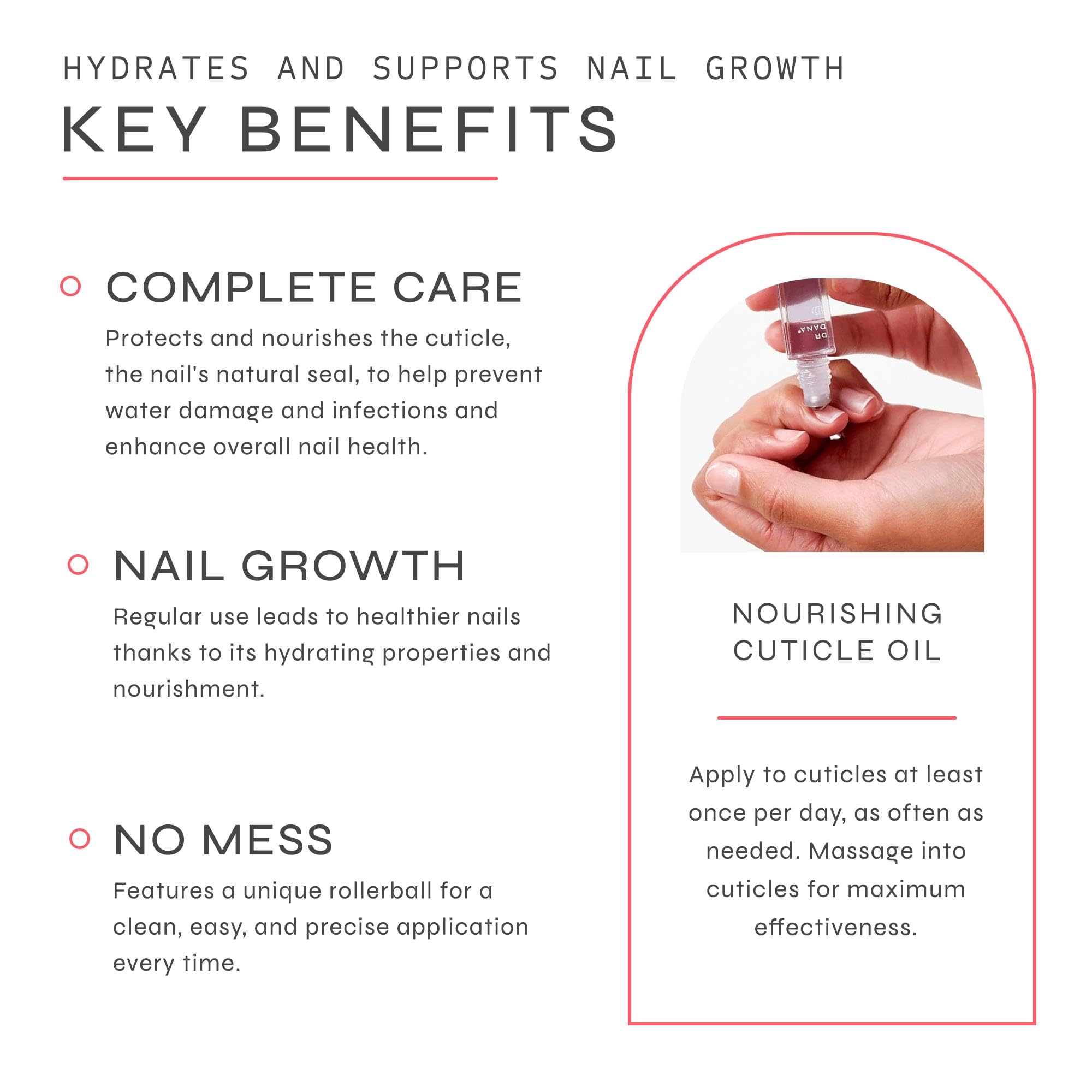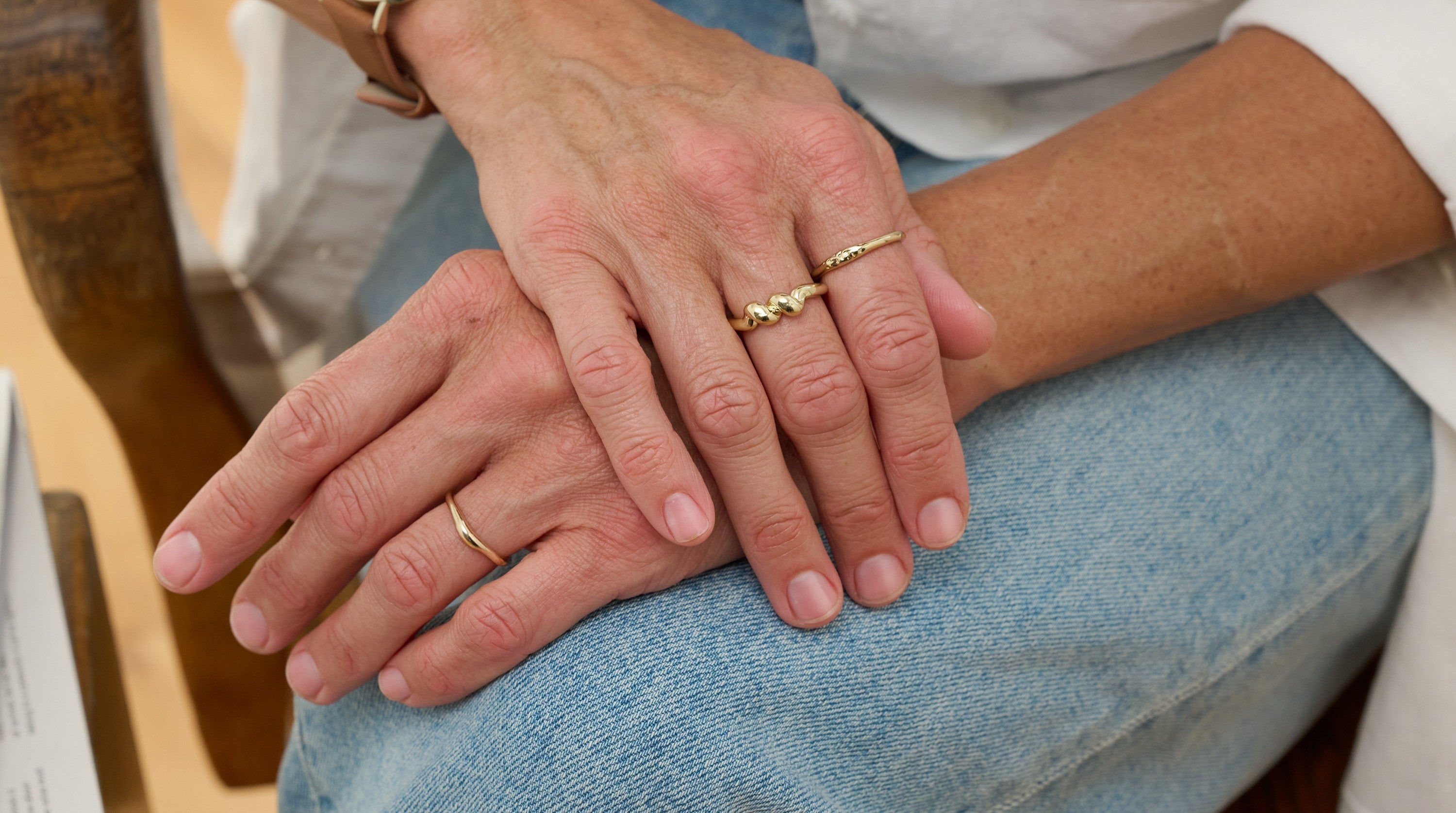Easy tips for your tips
There are many reasons you might opt to try some artificial nails, of the press-on or acrylic variety. Perhaps you just want to play around with your aesthetic or you have trouble growing your actual nails to the length you’d like. But one thing is for sure, the health of your natural nails underneath is of utmost importance.
What Happens when you apply press on nails or acrylic nails?
The wear and tear that can happen to your nails from press on nails is essentially damaged superficial nail cells—or onychocytes—that have separated from their tidy protective structure. These damaged patches are called keratin granulations. While you are enjoying your new look, your adhesive-drenched onychocytes are becoming dry and dehydrated. When the glue is removed, some of these damaged nail cells are removed along with it, while other damaged, dehydrated nail cells remain at the nail surface. This process will result in uneven, discolored. and peeling nails and is especially common, after a long successful press on application.
How to keep your nails healthy even when wearing fake nails
- Apply a Protective Barrier Between Your Nails and the Nail Glue
Dr. Dana recommends applying a protective coat to the nail prior to applying the nail glue. This can be a base coat or another polish. Polish can absolutely be protective and it is generally the removal process that leads to the dehydration and potential damage.
Any barrier that sits between the nail plate and the adhesive is going to provide some protection to the nail plate. FYI, the nail bed is the soft tissue beneath the hard nail plate, so when we talk about nail damage from nail adhesives/glue, we are referring to damage to the nail plate aka “the nail” and not the nail bed itself. This is also why when nails are polished with basic polish, a good quality base coat will also offer some protection to the underlying nail.
Many have asked us if a glitter polish is even more helpful in this scenario. Glitter nail polish is particularly adhesive and difficult to remove, so while it may offer a somewhat stronger barrier of protection than a typical clear or base coat, the amount of acetone needed in the nail polish remover might actually negate the protective effects in the end, as acetone is extremely dehydrating to the nail plate, cuticle and surrounding skin. In general, when it comes to nail beautification, everything is a trade off!
- Use the Correct Amount of Nail Glue or Try an Adhesive Tab
Don’t overdo it on the adhesive—a little goes a long way! You will generally not need more than the size of a small glass bead. You might also want to consider using a glue or adhesive tab, which may last for a shorter period of time but cause less damage. These rubbery gel double-sided adhesives tend to not work nearly as well as glue, but you will avoid the risks of allergy because there is no liquid glue to seep into the skin. These adhesives usually don’t last more than a few days, but they are great for a weekend look.
- Prevent Allergic Reactions
Yes, there is a risk that you could be allergic to nail glue and if you are, the damage could be long term and irreversible.
Now, let’s get into why this might happen. Press-on nails stick to the nail plate with either an acrylate-based glue or acrylate-based nail tab. With nail stickers, the acrylate is embedded in the underside of the product and, theoretically, only comes into contact with the nail and not the surrounding skin. With press-ons, the glue can more easily seep outside of the perimeter of the nail and make contact with the cuticle and surrounding skin.
So, why is this a big deal? Acrylates are potentially problematic in that they can cause allergic reactions if they come into contact with the skin. These reactions are relatively uncommon amongst nail customers of professional salons because most enhancements are applied by a professional, licensed nail technician who is very aware of these potential reactions. However, with the current uptick in do-it-yourself manis, we are likely to be seeing more of these reactions as the typical at-home manicurist is not necessarily aware of these concerns.
There are two types of potential reactions you should look out for. The first is an irritant contact dermatitis, which is a reaction that occurs immediately upon exposure. That could mean a burning or pain and some inflammation, redness, and possibly even blistering and lifting of the nail bed. If you feel a burning sensation, you should immediately remove the press-on with hot, soapy water and nail and cuticle oil. Do not try to reapply the nail! The other possible reaction is a delayed hypersensitivity which might occur after repeated exposure. Over time a person’s immune system learns to recognize and react to that particular chemical, so even the smallest drop can set off a full inflammatory reaction. Certain people are more prone to this, like those with eczema, who tend to have a compromised skin barrier already.
- Remove the Nails Properly
Follow these simple steps to help mitigate damage to your nails.
- Don’t rip off your press-on nails because you will likely take off a few layers of your natural nails in the process.
- Soak your fingers in warm water and use cuticle oil where your nail lifts to help work off the press-on nails.
- Use the Dr. Dana Nail Renewal System to maintain the health of your nails.



